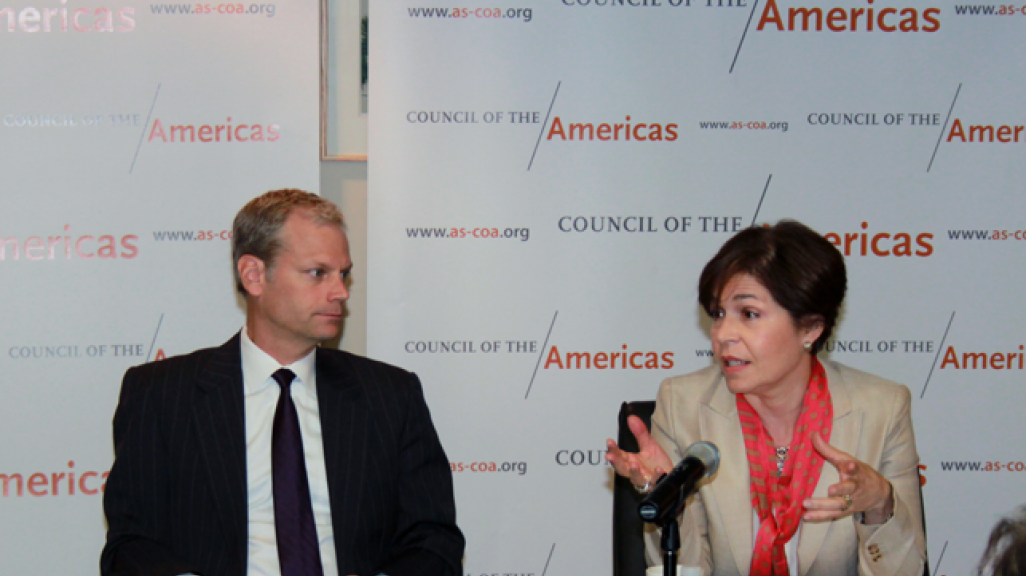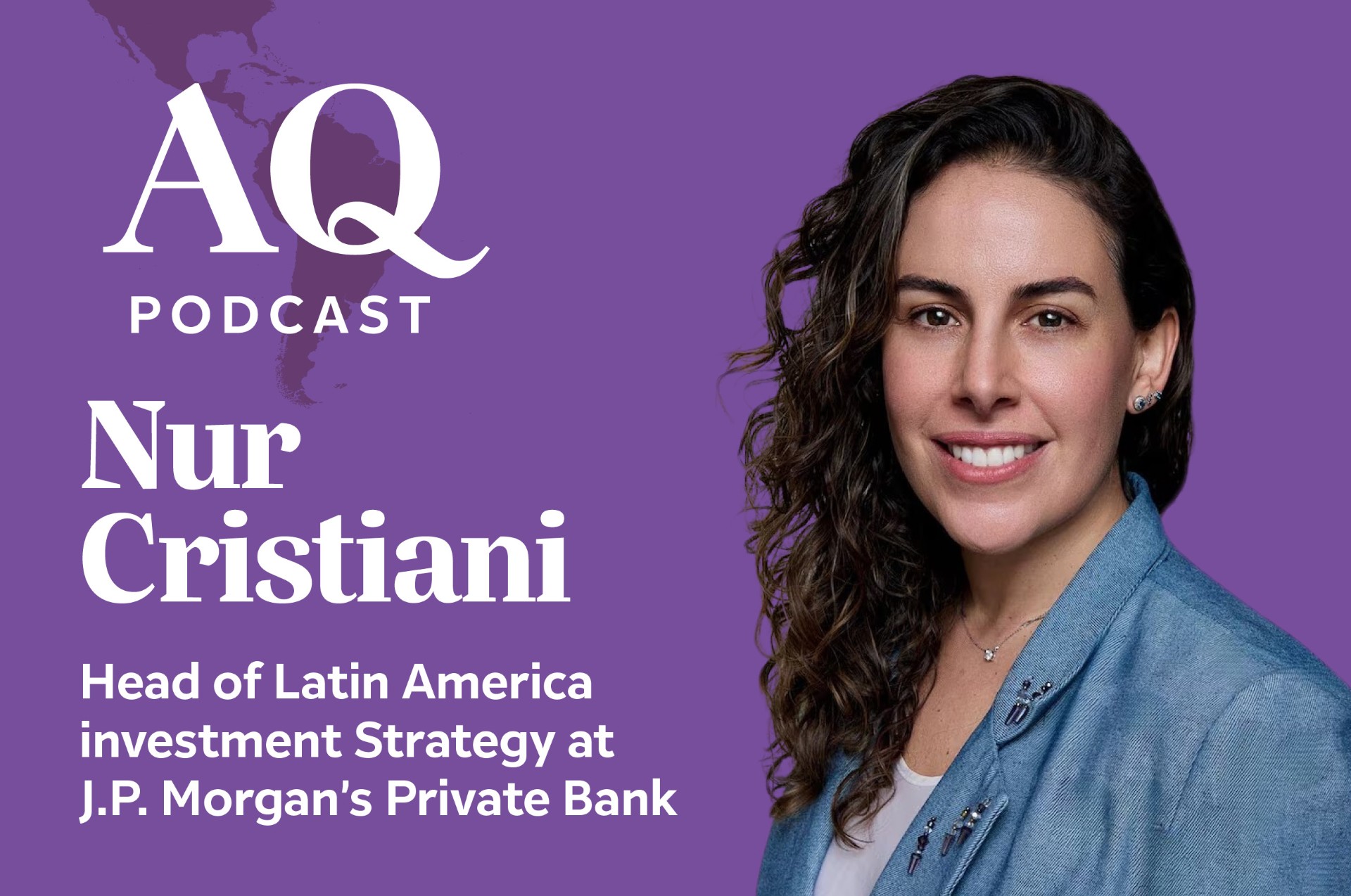Summary: Latin America's Economic Landscape and Expectations for Growth
Summary: Latin America's Economic Landscape and Expectations for Growth
Panelists discussed the potential impact of unfavorable global conditions on Latin American markets.
Speakers:
- Charles Collyns, Managing Director and Chief Economist, Institute of International Finance (IIF)
- Inés Bustillo, Executive Director of the Washington Office, United Nations Economic Commission for Latin America and the Caribbean (ECLAC)
- Ramón Aracena, Chief Economist of the Latin America Department, Institute of International Finance (IIF)
- Eric Farnsworth, Vice President of Council of the Americas (moderator)
Summary
Over the past decade, Latin America has experienced strong economic growth supported by a robust commodities sector, driven by unprecedented development in China and other large emerging markets worldwide. Recently, however, the tables have turned: demand for Latin American commodities softened as China’s economic expansion slowed. Latin American countries are being put to the test. On September 18, experts from the Institute of International Finance (IIF) and the United Nations Economic Commission for Latin America and the Caribbean (ECLAC) joined Council of the Americas to discuss the region’s economic outlook.
An Overview of Latin American Growth
This year is the first year in a decade that poverty has not decreased in Latin America, panelists said. Poverty rates have been constant since 2013, and individuals who moved into the middle class over the past decade are in a precarious situation. With elections approaching in several countries, candidates with economic policies focused on poverty alleviation will factor heavily in voters’ minds, experts said.
According to ECLAC’s Inés Bustillo, regional growth has slowed to 2.2 percent from an average of 5 percent between 2002 and 2008. This figure varies widely by region; this year, Central America grew by 4.4 percent, a slight improvement from 2013, while the English-speaking Caribbean expanded 2.2 percent. Also, since last year, Latin American trade fell by 0.8 percent. Speakers pointed out the importance of diversifying trade partners and products, as countries such as Uruguay have begun to do.
In the region, inflation has crept up to 8.7 percent, largely due to inflation in Argentina and Venezuela. Panelists noted that the challenge for many governments will be to boost growth while also combating inflation.
Adapting to the Changing Global Economy
IIF’s Ramón Aracena stressed the importance of the ability of Latin American fiscal policies to deal with unfavorable global conditions. “Policymakers should be prepared for the good times and bad,” said Aracena. “You must prepare your umbrella.”
But how well was Latin America equipped for the crisis in 2008? Countries such as Chile, Colombia, Mexico, and Peru—which now make up the Pacific Alliance bloc—demonstrated fiscal responsibility and liberalized trade, experts said. These countries’ economic policies enabled them to weather the storm. A second group of countries including Argentina and Venezuela employed expansionary fiscal policies, macroeconomic imbalances, and foreign exchange controls. Aracena explained that Brazil falls somewhere between the economies of the Pacific Alliance and that of Argentina and Venezuela. Brazil has a high level of international reserves, but limited GDP growth. The upcoming elections may impact investor confidence, he added.
Looking to the Future: Where does the United States Fit in?
Panelists agreed that U.S. monetary policy is one of the driving factors for economic conditions in Latin America. The Federal Reserve’s anticipated decision to raise the interest rate next year will impact Latin American markets. The best way the United States can help Latin America adjust to the changing global economy is by maintaining healthy economic policies and a stable financial environment, they explained. They concluded that the United States and Latin America should focus on fiscal and monetary policy with an eye on long-term growth.









